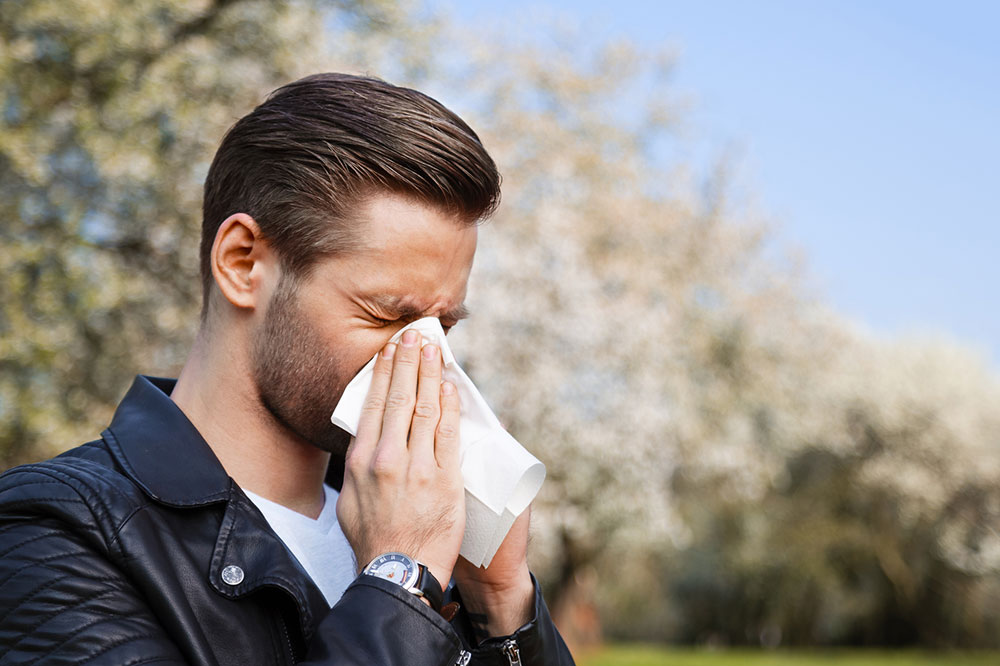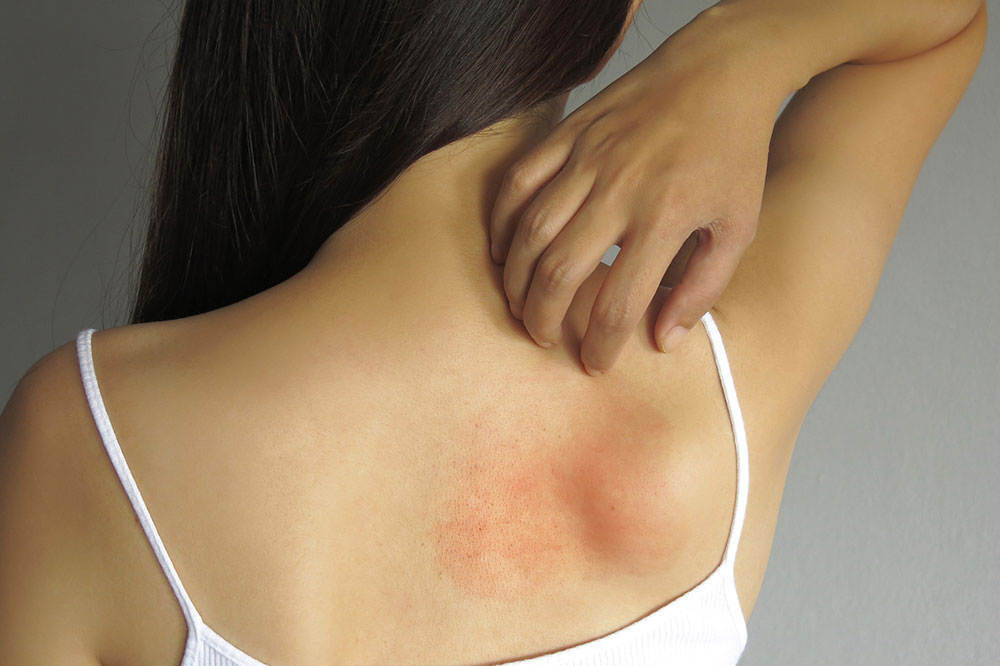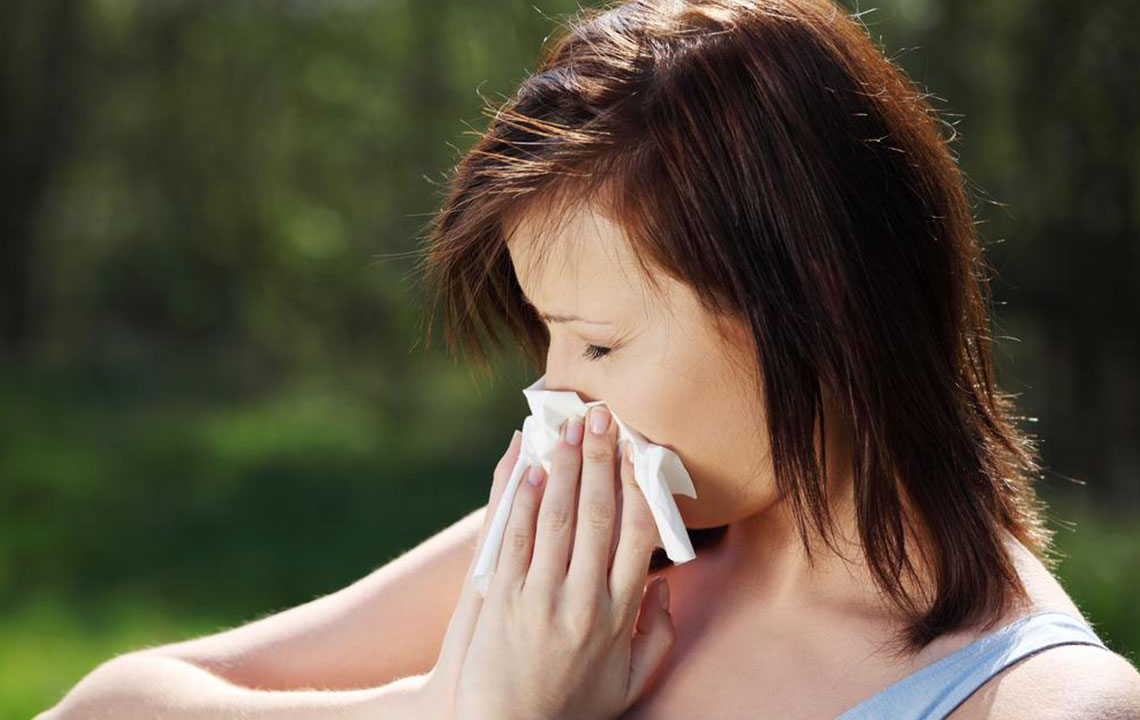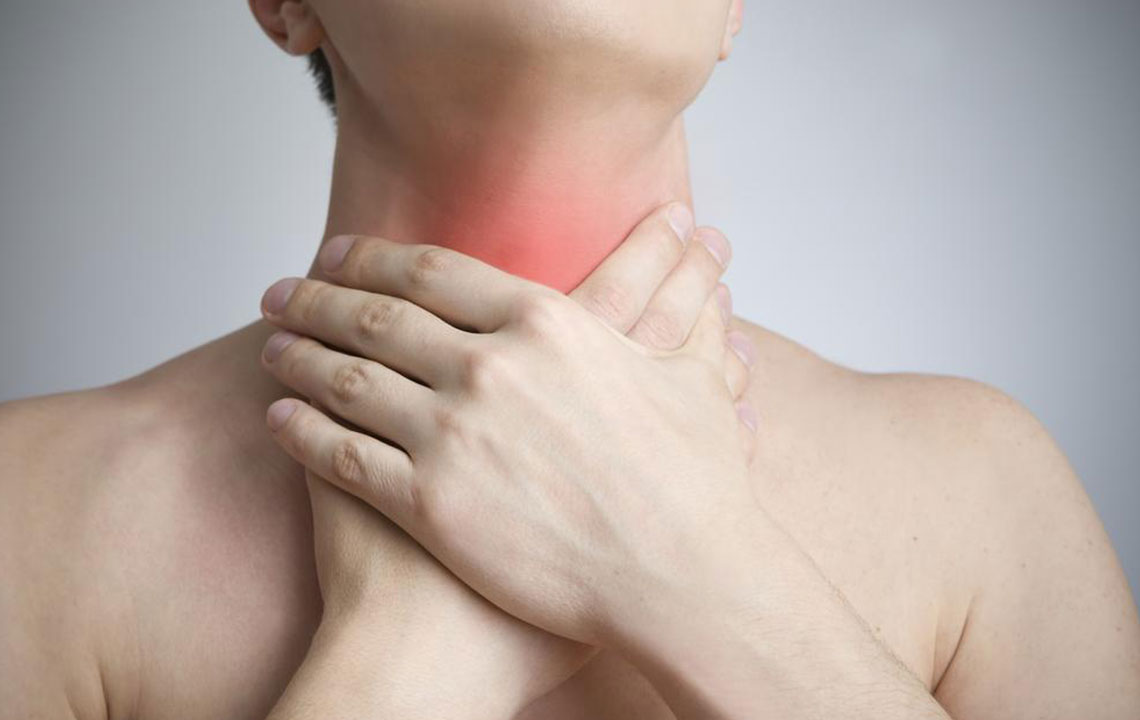Comprehensive Guide to Allergies: Types, Symptoms, and Management Strategies
This comprehensive guide explores different allergy types, symptoms, and effective management techniques. From food and pet allergies to environmental triggers like mold and seasonal pollens, it offers practical advice on prevention and urgent care. Learn how to identify symptoms, avoid triggers, and seek prompt treatment to manage allergic reactions efficiently and improve quality of life.
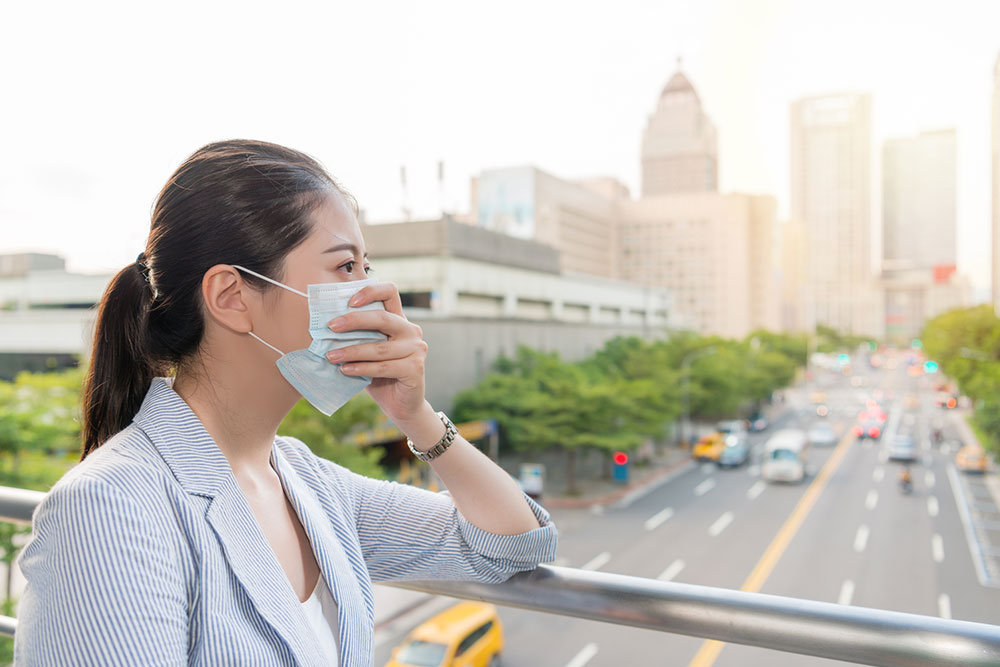
Understanding Allergies: Varieties, Signs, and Prevention
An allergy occurs when the immune system reacts excessively to a foreign substance, causing various allergic responses. While some reactions result in mild skin issues like rashes or redness, others can be life-threatening, leading to anaphylaxis, which impairs breathing. Different allergy types require targeted treatments to help restore immune balance.
Food allergies
Primarily common in children but also affecting adults, food allergies can develop suddenly even after years of safe consumption.
Foods such as eggs, soy, dairy, wheat, nuts, fish, shellfish, sesame, and mustard are responsible for 90% of allergic responses. Symptoms like swollen tongue, breathing difficulty, dizziness, wheezing, vomiting, skin pallor, or redness may occur. In severe cases, anaphylactic shock can cause a sudden drop in blood pressure, unconsciousness, and airway blockage.
Avoidance of allergenic foods is crucial. In emergencies, administering an EpiPen and seeking immediate medical attention can save lives.
Medication-induced allergies
Drug allergies happen when the immune system reacts to medications, whether in pills, liquids, or injections. Common culprits include anticonvulsants, penicillin, sulfa drugs, chemotherapy agents, and NSAIDs like aspirin and ibuprofen. Symptoms include hives, rashes, swelling, and breathing problems. Severe reactions may lead to anaphylaxis.
Reducing exposure by avoiding trigger medications and informing your healthcare provider about allergies are vital. Prompt medical care is essential during severe reactions.
Pet-related allergies
Interaction with cats, dogs, or other animals may trigger allergy symptoms even without direct contact. Pollen shed from animal fur and dander can persist indoors, causing symptoms anywhere—home, school, or office.
Signs include itchy or watery eyes, runny nose, sneezing, cough, wheezing, nasal congestion, rash, or chest tightness. Using allergy medications, vacuuming with HEPA filters, limiting pet access, regular bathing, and washing hands after contact help manage symptoms.
Contact dermatitis
Skin reactions can arise from contact with certain substances like metals, fragrances, chemicals, or plants. Symptoms include redness, blisters, or rashes, often painful and irritable.
Common triggers include poison ivy, nickel, hair dyes, cosmetics, perfumes, and cleaning products. Avoiding contact, washing the area with soap and water, applying cold compresses, and moistening treatments can alleviate symptoms. For persistent issues, consult a healthcare professional.
Mold allergies
Molds thrive in damp, dark areas such as bathrooms, basements, and areas with water leaks or decaying plant matter. Exposure can cause respiratory issues, including congestion, coughing, itchy throat, and eye irritation.
Treatment includes antihistamines and decongestants, and preventing mold growth by maintaining proper ventilation, fixing leaks, and cleaning damp areas. Rinsing nasal passages with saline solutions after exposure can offer relief.
Seasonal allergies
In regions like the USA, tree pollen from February to autumn is a major allergen. In tropical climates, spring rains and mild winters promote pollen production, while grass pollen occurs year-round. Triggers include ragweed, pigweed, and other weeds. Strategies include staying indoors, wearing masks, showering after outdoor activities, and using allergy medications.
Latex allergies may result from glove use or medical procedures, with adrenaline injections used in emergencies. Allergic asthma can be caused by pollen, dust mites, pet saliva, mold, or cockroaches, managed through anti-inflammatory drugs and bronchodilators.

